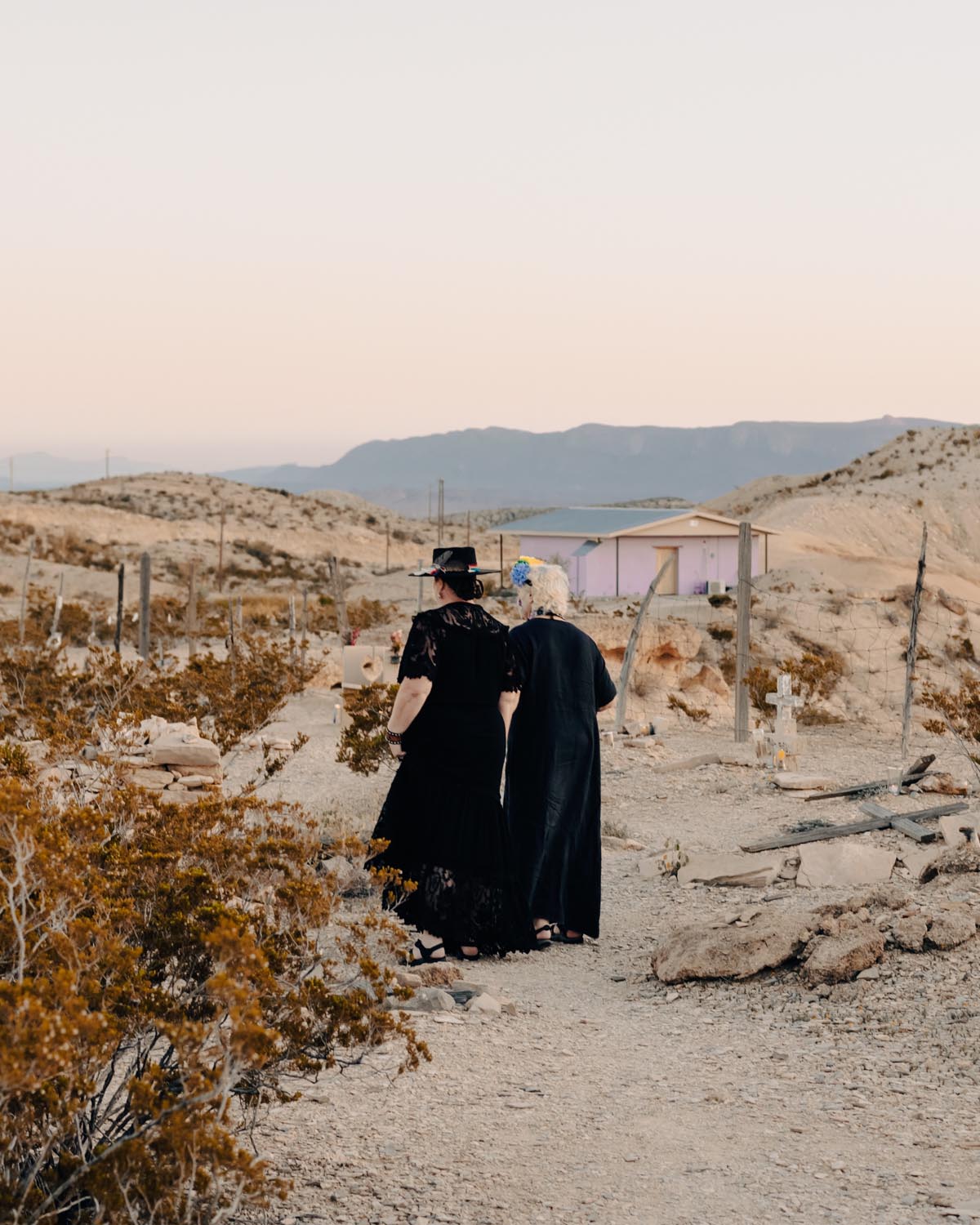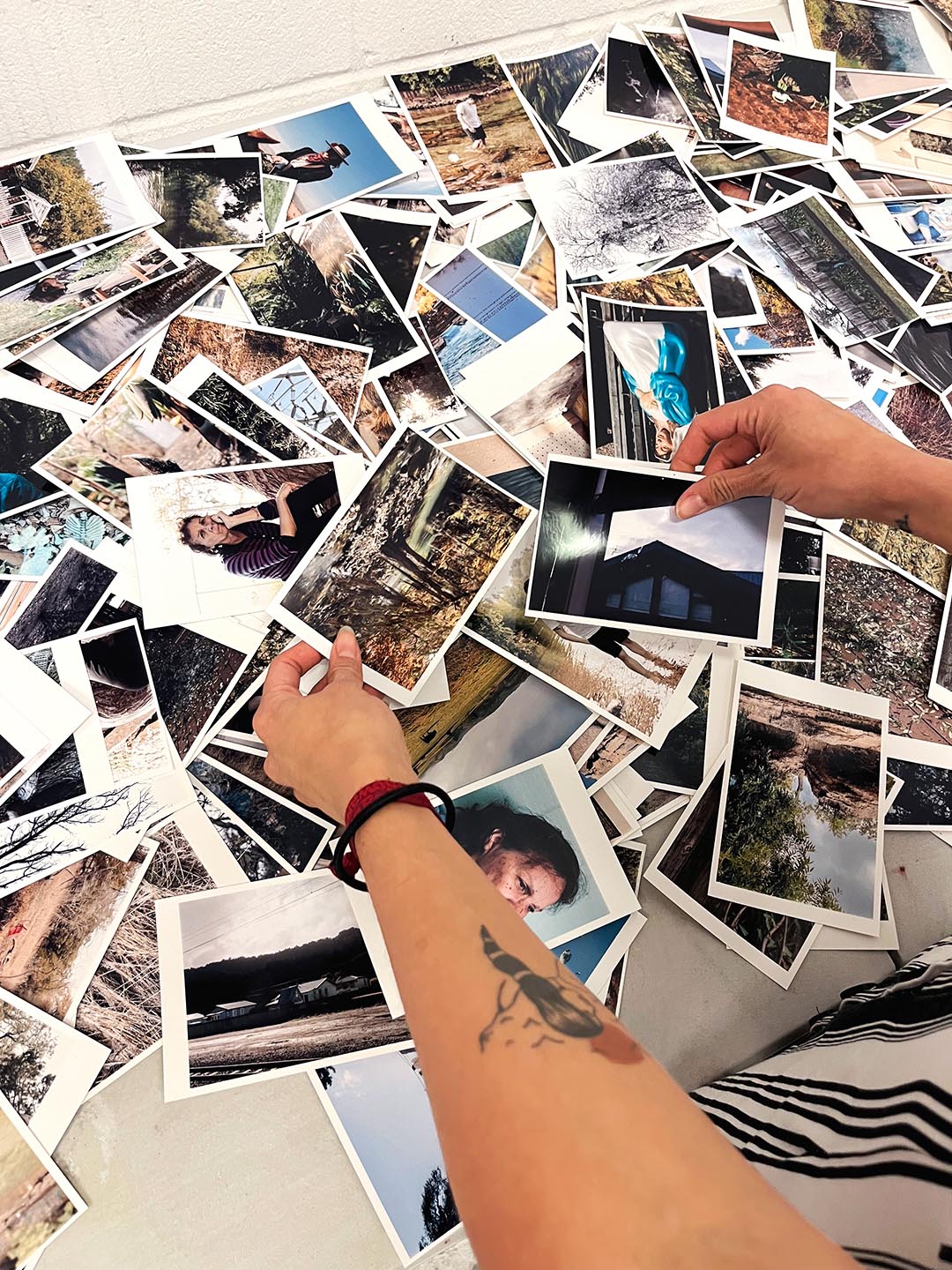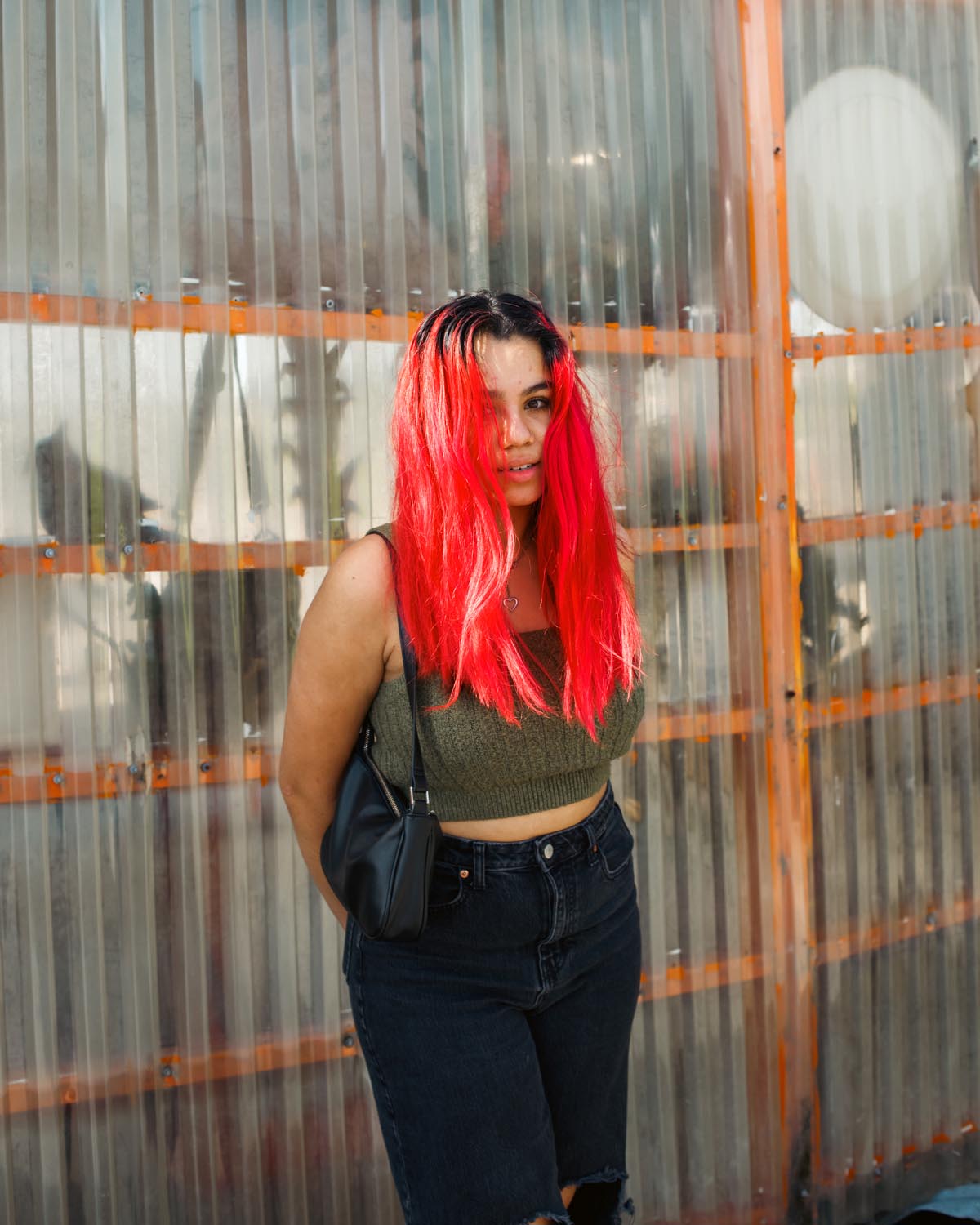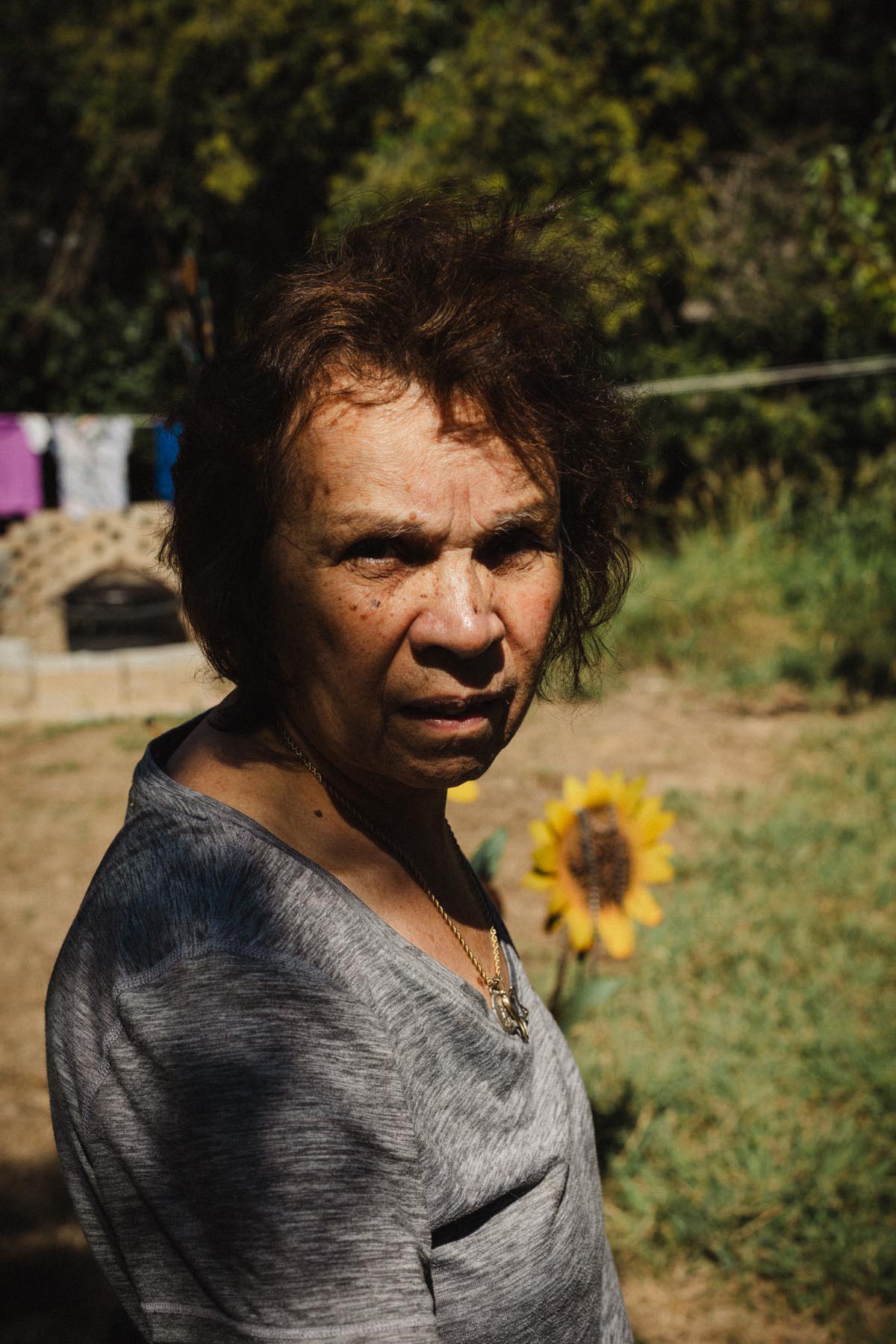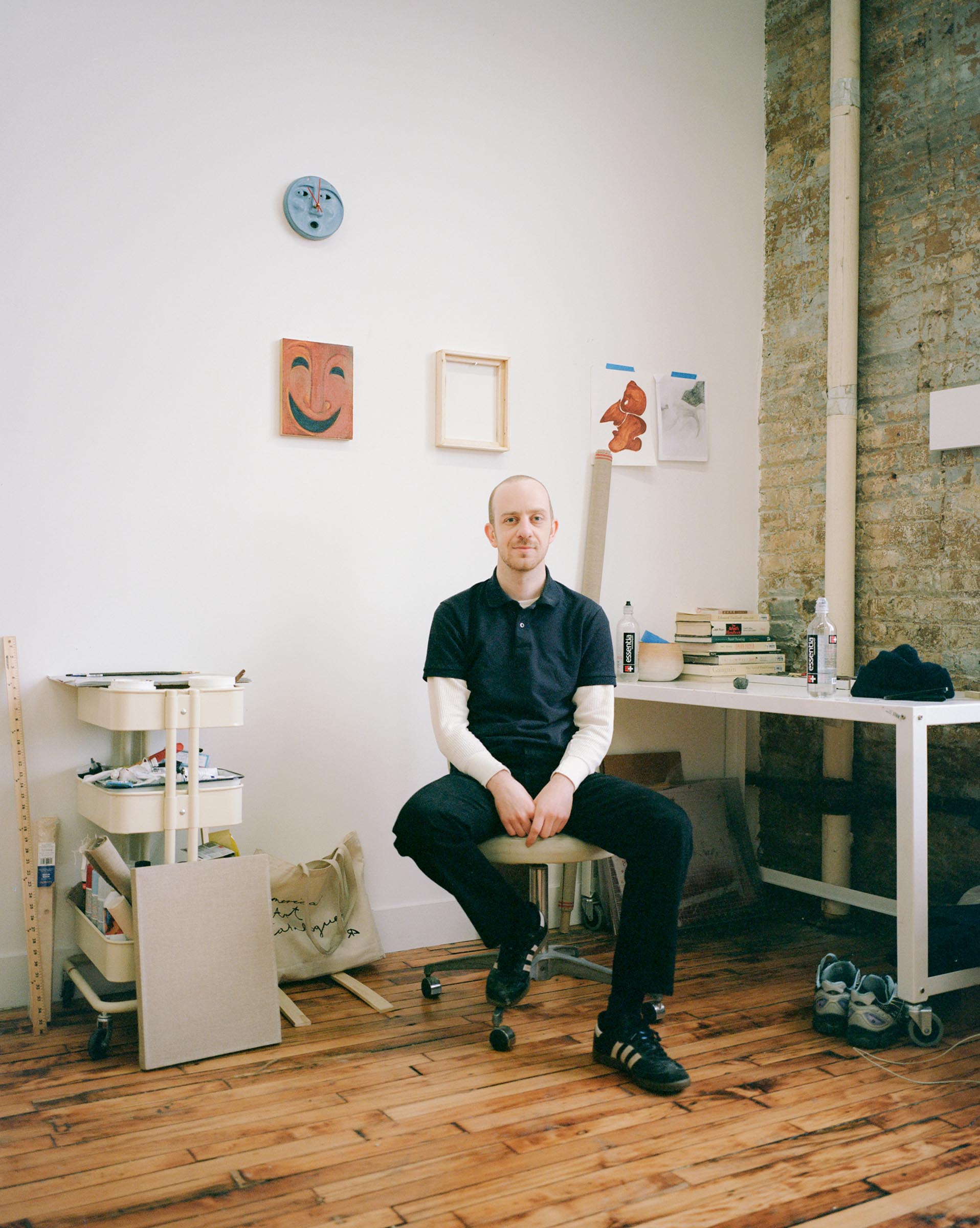How did you get into making art?
I originally thought I wanted to be a graphic designer, which in some ways I still gravitate towards. I truly love books and the process of bookmaking so I thought I would want to design them. However, in school I started off in this hybrid graphic design/photography program called Visual Media. The first two years are totally centered on photography while the last two years are centered around graphic design. After the first two years of my photography classes, I realized that was what I had wanted. I’m not great at drawing and my mom introduced me to photography at a young age. I started by taking family photos as one does, and I even took a darkroom class in highschool, so looking back it makes sense, but design was still on my mind. But once I finished the two years of photography, I didn’t want to do anything else.
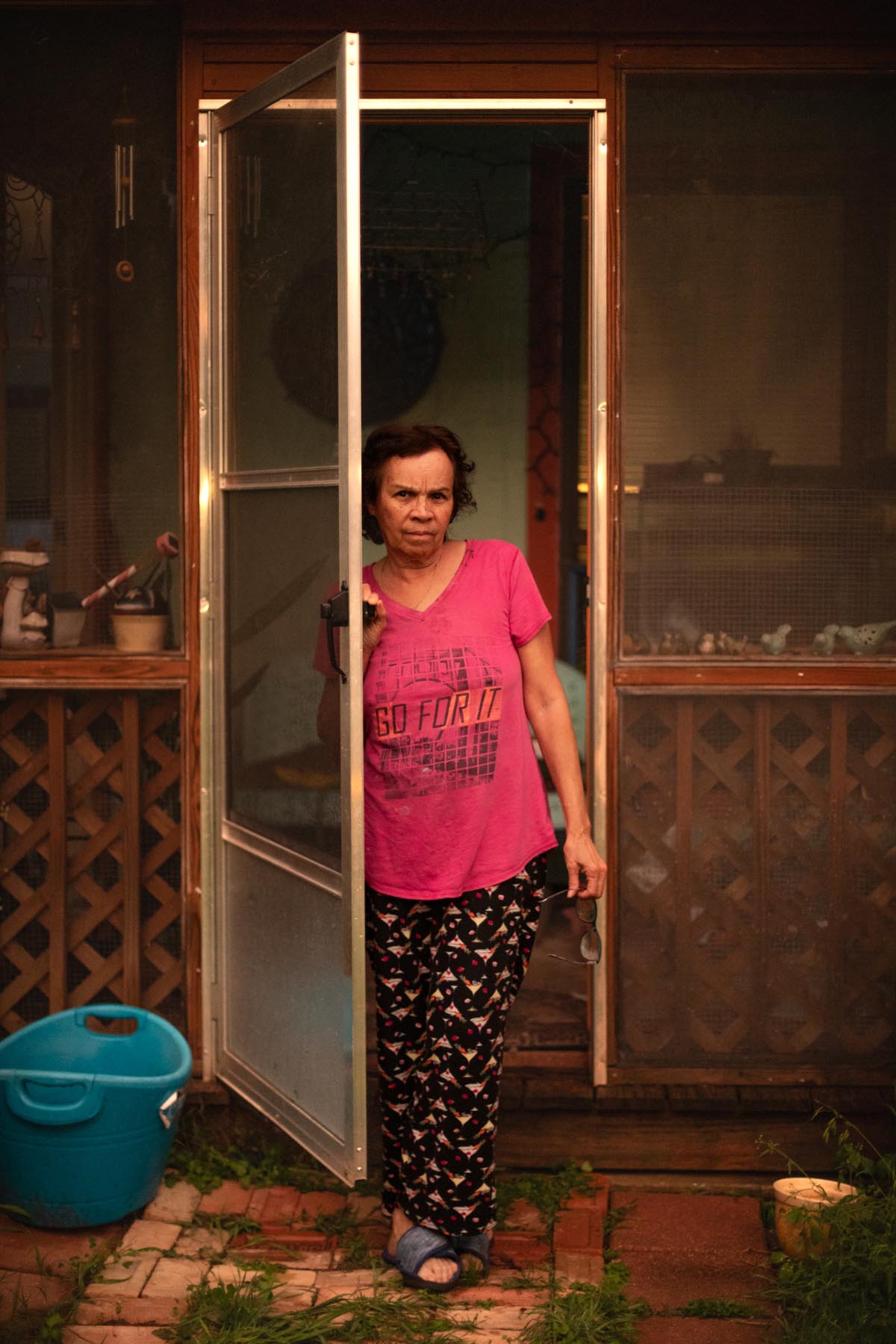
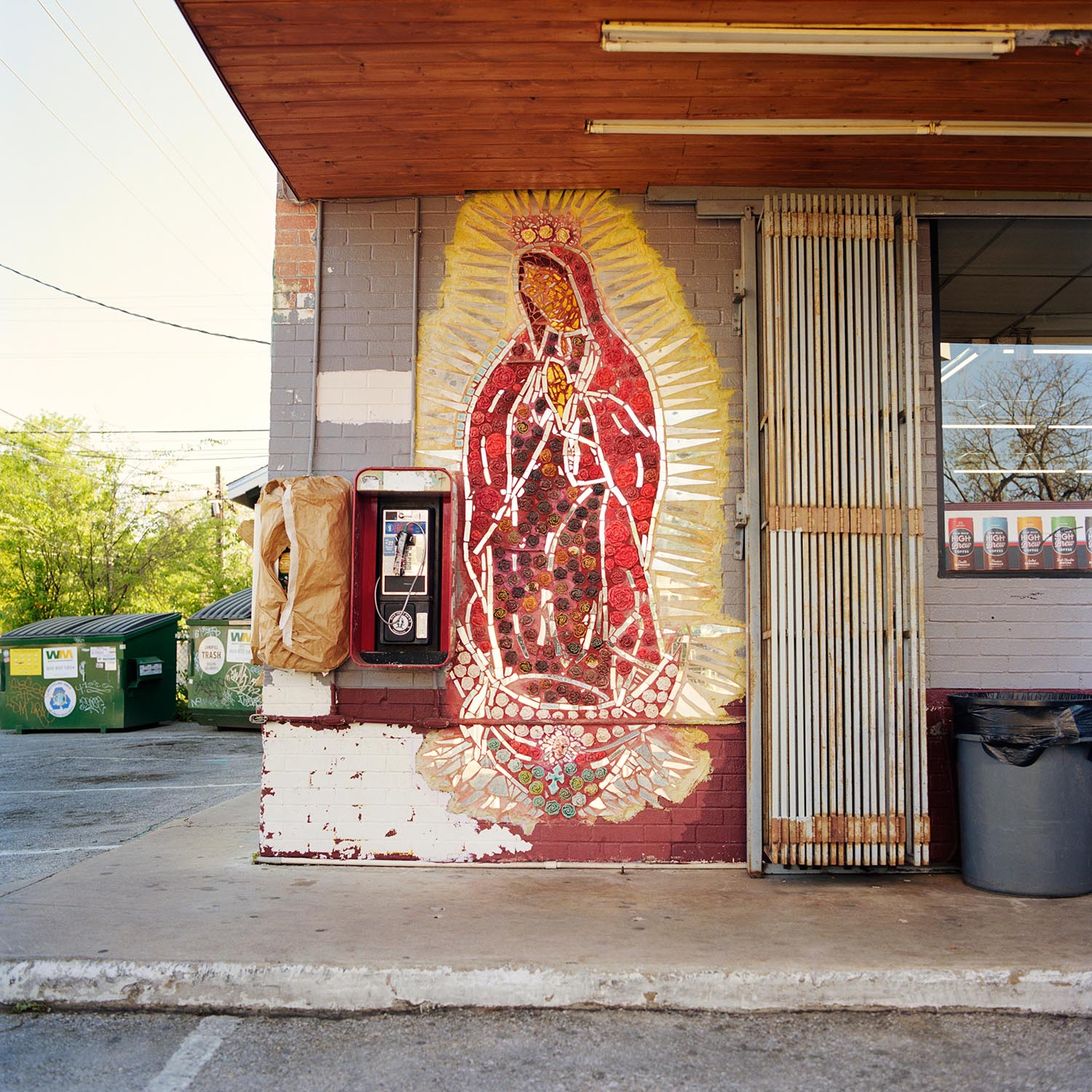
What are you currently working on?
Currently I am working on a project called My Mother Speaks of Land as Memory which speaks to loss – the loss of land, the loss of identity, and grief for unlived lives between my mother, my father and myself. I will be exhibiting an installation of the work in April of this year at the Visual Arts Center in Austin, TX as part of my thesis exhibition. I’m also looking forward a bit and have started creating a sound library and experimenting with the moving image (film/video). I actually just screened a new video piece at Co-Lab Projects in Austin. Video is pretty new for my practice and I’m enjoying where the ideas are taking me.
Currently I am working on a project called My Mother Speaks of Land as Memory which speaks to loss – the loss of land, the loss of identity, and grief for unlived lives between my mother, my father and myself.
Ariana Gomez

What inspired you to get started on this body of work?
I had been wanting to focus on a single project for some time now. While living in NYC, my process was to just walk out into the world and photograph what caught my eye. But upon moving back to Austin and beginning graduate school, I wanted to spend my two years focused on a single body of work. Originally the project was more based in the Chicanx diaspora as I was exploring my father’s roots and his ties to land. I was extremely intrigued by the political movements that were based around the idea of Aztlan, a myth with a shared diasporic memory, so I began to explore this idea of creating an identity or finding an identity based on a conceptual landscape. I kept delving deeper into what landscape and memory means to those that have lost it and ended up with a much more personal project than originally expecting. It has evolved into sifting through my own personal story and how memory changes and shifts based on the land and home my family comes to identify with.
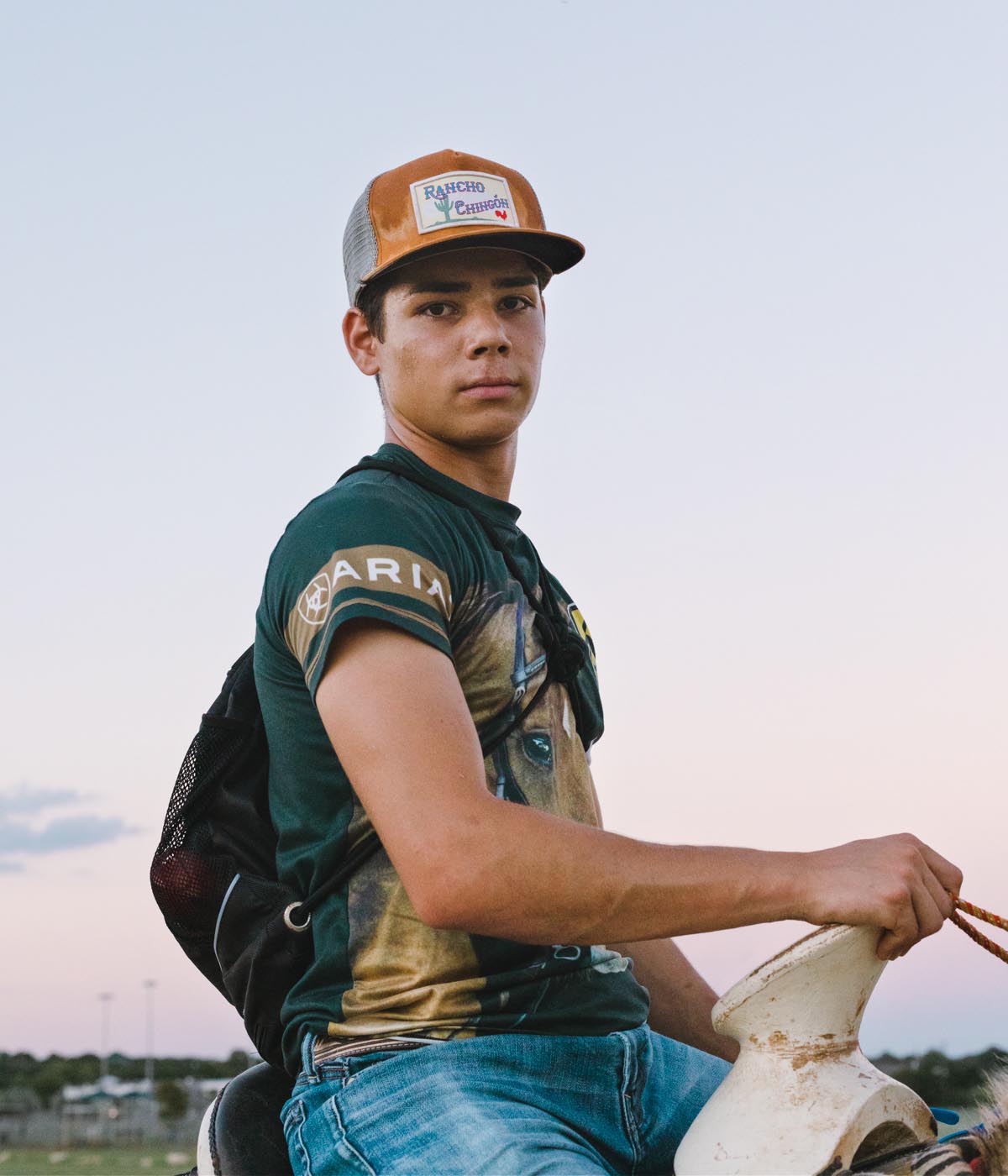
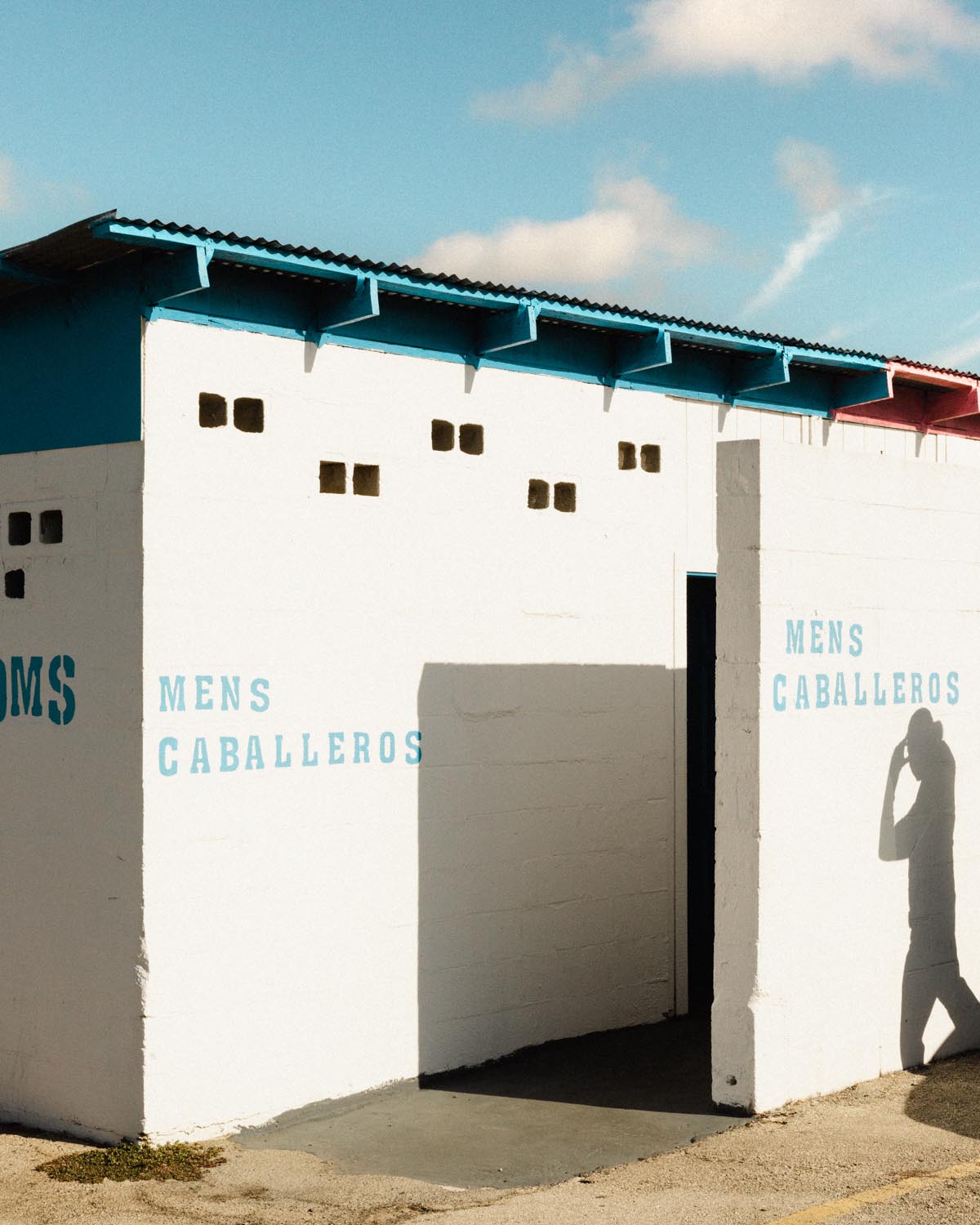
Do you work on distinct projects or do you take a broader approach to your practice?
Currently I’m working on one project, but even in this, I’m finding a lot of smaller projects and ideas I can pursue. Photography lends itself to working on multiple ideas as images can flow from one project to the next in a lot of instances. Its interesting – a lot of people assume images depict a certain reality or ‘Truth’, but I find our perception of images change and adapt over time. So when I photograph, I feel as though I’m collecting and gathering thoughts and ideas that can fit various themes. I may not know in that exact moment where it goes, but it may surface when I need it most. And the resurfacing of older images is what I find really exciting in the potential for new projects.
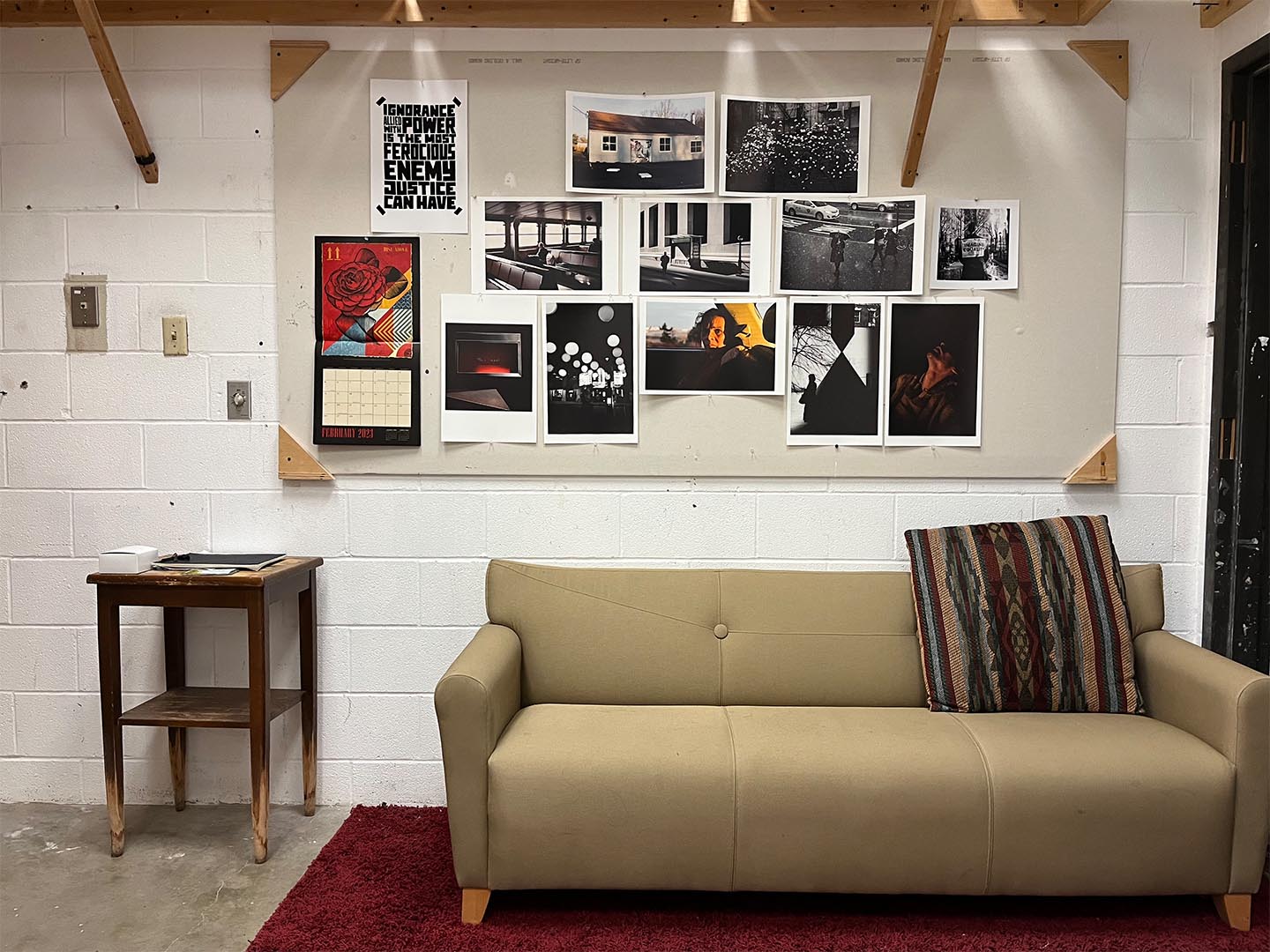
What’s a typical day like in your studio?
Nine times out of ten I’m usually out in the world photographing. I use studio time to edit, sequence and understand my images. I have a little 4x6in printer that I make test prints from. I spread all of these out on a table in my studio and then sift through, pulling and extracting a sequence from these images. I know it probably feels chaotic, but I like seeing the juxtapositions of images I might not normally pair together. When its in a pile, I find myself surprised over and over again which is a fun way to work and understand my work as a whole. I can very easily get caught up in the details, especially working digitally (where I am extremely meticulous). Working with prints in this sifting, slow way helps me understand connections I may not have thought of otherwise.
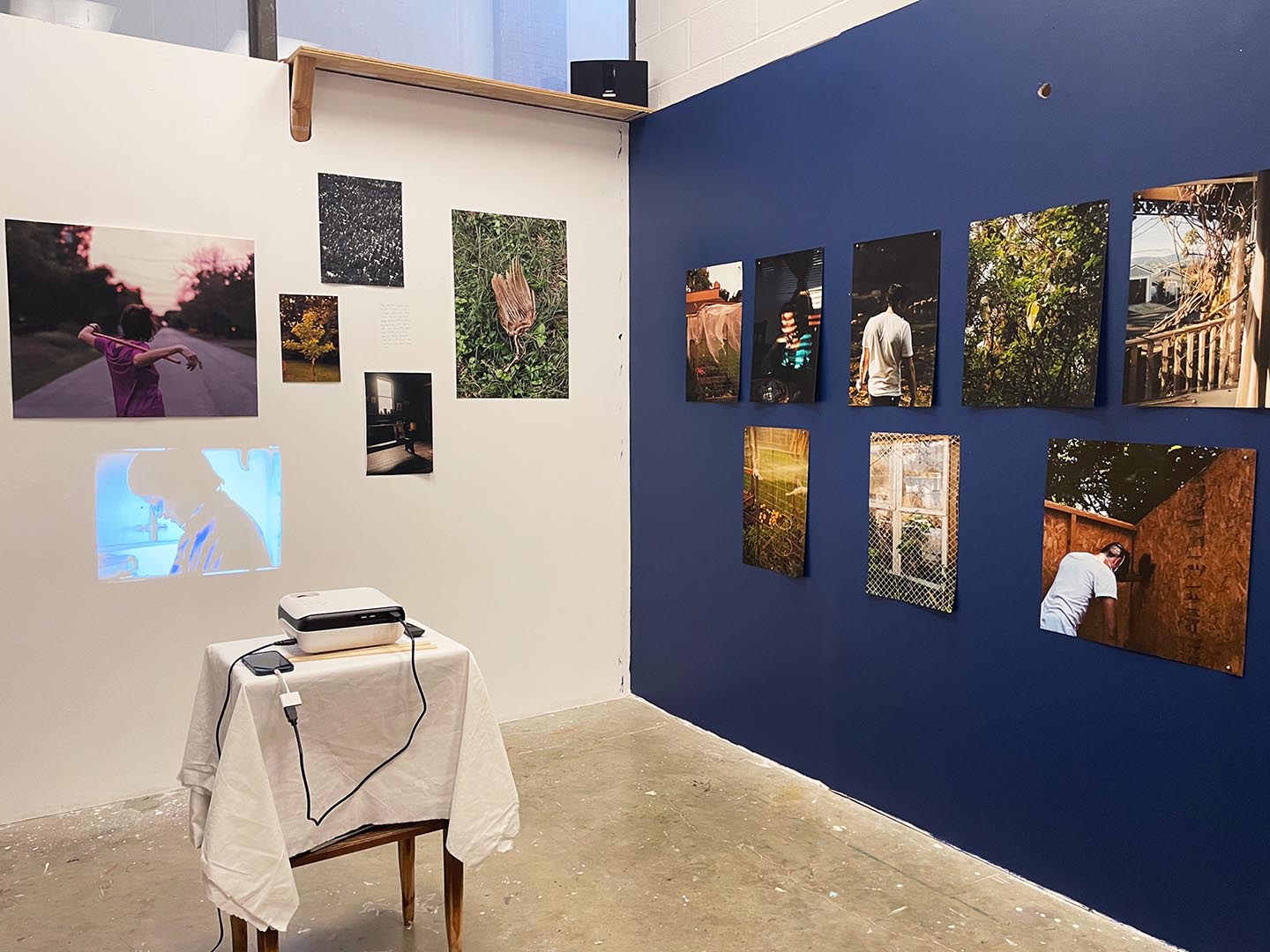
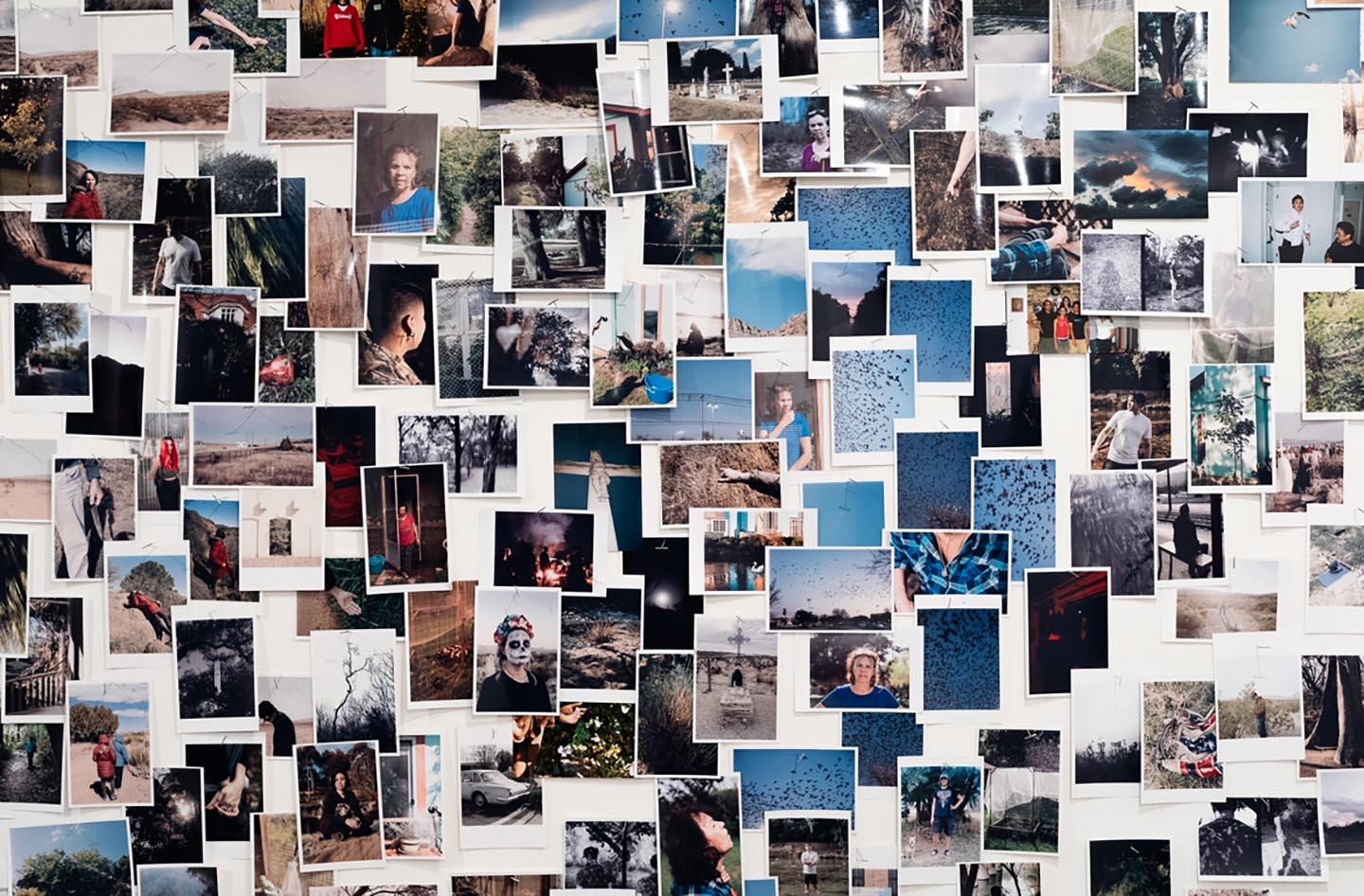
Who are your favorite artists?
I tend to look at a lot of photographers more than anyone else. My biggest influences are Vanessa Winship, Rose Marie Cromwell, Gregory Halpern, RaMell Ross, Graciela Iturbide, Sam Contis, Alessandra Sanguinetti and Jim Goldberg. I went to a show at The International Center of Photography (ICP) in 2021 called But Still, It Turns curated by Paul Graham which included many of these artists and it is still one of the most influential shows I’ve ever seen. I also take a lot of inspiration from music and writing. I’m currently listening to a lot of Japanese Breakfast and reading various essays by Salman Rushdie.
Where do you go to discover new artists?
When I was in NYC, I would go to a lot of different art shows and discover most (new to me) artists. But I do find a lot of artists online now through instagram and different articles. Also being in grad school lends itself to artist names coming at you from every corner of critique.
Learn more about the artist by visiting the following links:



